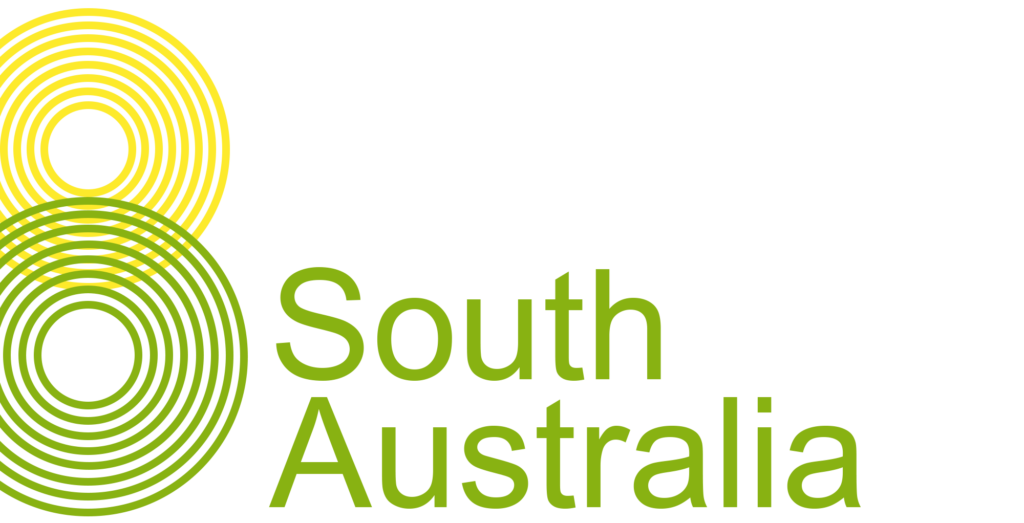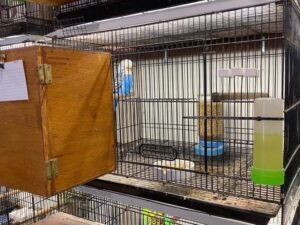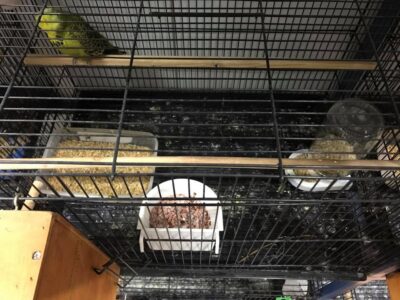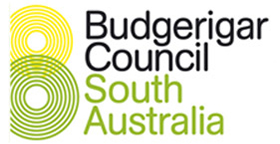
Breeding Condition in Budgerigars
Naturally, breeding condition is critical to successfully reproducing from a pair of budgerigars.  When breeding budgerigars, certain conditions, such as proper nutrition, a suitable environment, and the presence of a breeding pair need to be met. In this article, we will discuss how to identify breeding condition in budgerigars.
When breeding budgerigars, certain conditions, such as proper nutrition, a suitable environment, and the presence of a breeding pair need to be met. In this article, we will discuss how to identify breeding condition in budgerigars.
Age and Maturity
To ensure proper breeding condition, budgerigars should be considered only after they have reached at least 10 months of age. To identify sexual maturity in budgerigars, one can observe physical signs such as the development of a bright blue cere in males and a crusty or flaky brown cere in females. The cere is the area above the beak where the nostrils are located.
Physical Health
Before breeding, budgerigars should be in good physical health. They should have bright, clear eyes, glossy feathers, and be active and alert. Any signs of illness or injury, such as lethargy, loss of appetite, or abnormal droppings, should be addressed before breeding.
Suitable Environment
Budgerigars need a suitable environment to breed successfully and stimulate breeding condition. This includes a spacious cage or aviary with proper ventilation but not in a draft and lighting. The cage should also contain a nest box with suitable nesting material placed within, and suitable perches. For budgerigars to mate, it is critical that the perches are fixed well in place. To that point, they cannot be too smooth that the budgerigars fall off under the weight of one another.

Socialization and Pairing
Budgerigars are social gregarious birds. In breeding condition, a male (cock) and female (hen) pairing will preen and feed each other and may even cuddle together. It is important to choose a compatible pair that show affection or love towards each other. If there is no interest a hen can still lay, but the eggs will likely be infertile.
Nesting Behaviour
Budgerigars show specific nesting behaviour when they are approaching breeding condition. The female will start to shred paper or other nesting material within the next box and will enter and exit the nest box frequently. The male will also show interest in the nest box and may regurgitate food to the female. In an aviary setting, a female who is ready to breed will quite often start chewing at Cuttlefish bone, perches and the like. One of the key indicators is to look for the increased chewing activity.
Courtship Behaviour
Budgerigars will engage in courtship behaviour when they are in breeding condition. This behaviour includes bobbing of their heads, tapping beaks, singing, regurgitating food, and feeding each other. The male may also perform a dance in front of the female to impress her, quite often touching beaks together. You will notice that the size of the iris in the eye will change while he is doing this.
Conclusion
Identifying breeding condition in budgerigars requires careful observation and attention to detail. Budgerigars need to be in good physical health, at least 10 months old, and have reached sexual maturity. They also require a suitable environment with a nesting box and proper socialization with a compatible partner. Meeting these conditions will prompt budgerigars to display specific nesting and courtship behavior, indicating that they are ready to breed. Remember that budgerigars are gregarious birds and generally require the ability to hear other birds to stimulate breeding. With the proper care and attention, budgerigar breeding can be a rewarding and enjoyable experience.
